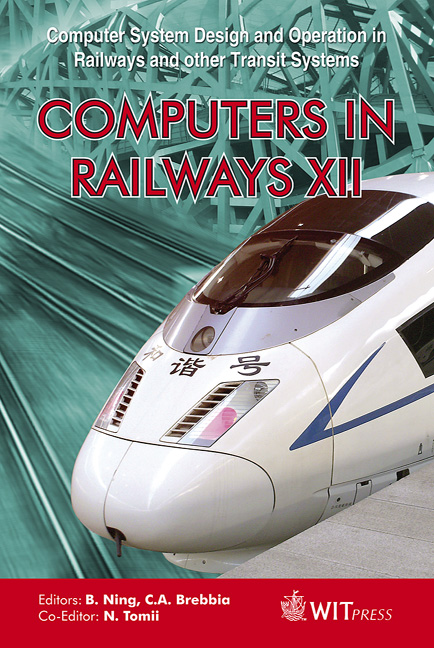How The Punctuality Of The Shinkansen Has Been Achieved
Price
Free (open access)
Transaction
Volume
114
Pages
10
Page Range
111 - 120
Published
2010
Size
424 kb
Paper DOI
10.2495/CR100111
Copyright
WIT Press
Author(s)
N. Tomii
Abstract
The high speed railway line in Japan began operation in 1964. The high speed railway is called the Shinkansen and is known for its safety and reliability. In addition, the Shinkansen is well known for punctuality. As a matter of fact, the average delay of trains is less than one minutes every year. The Shinkansen runs along dedicated lines, which seem to be advantageous in keeping punctuality. However, there are lots of disadvantages as well. For example, although traffic is very dense, resources are not abundant. In some Shinkansen lines, trains go directly through conventional railway lines and the Shinkansen is easily influenced by the disruption of those lines. Punctuality of the Shinkansen is supported by hardware, software and humanware. In this paper, we first introduce a brief history of the Shinkansen and then focus on humanware, which makes the punctuality possible. Keywords: high speed trains, punctuality, rescheduling, Shinkansen. 1 Introduction In 1964, a high speed railway line opened in Japan. The new line connects Tokyo, the capitol, and Osaka, the second largest city located 600 km away. The maximum speed of trains was 210km/h, which was almost twice that of other trains in those days and the travelling time between these two cities was halved to only three hours and ten minutes. The new high-speed line was called the Shinkansen and it had a great impact not only on railways in Japan, but also on railways worldwide. From that time on, the Shinkansen was extended to other areas of Japan and the length of Shinkansen lines is about 2,200 km at present. We may well say that characteristics of the Shinkansen are very dense traffic, very high safety and very high punctuality.
Keywords
high speed trains, punctuality, rescheduling, Shinkansen





